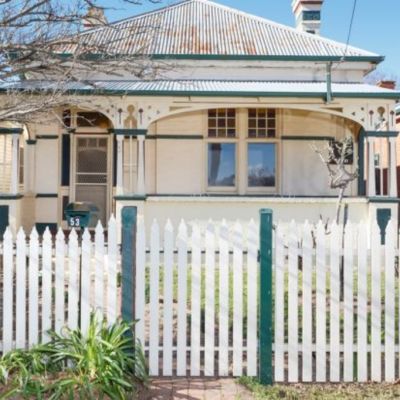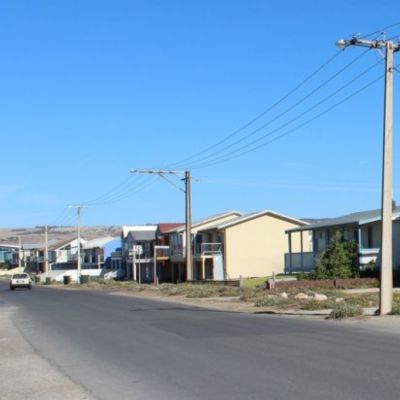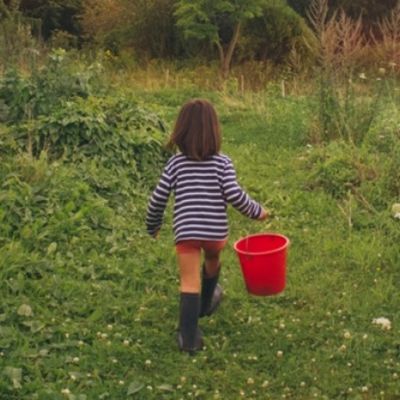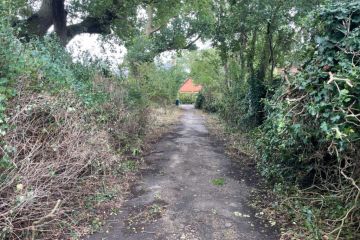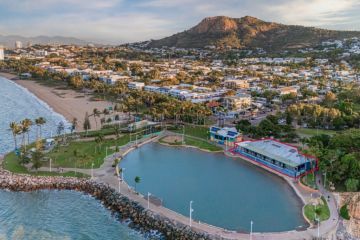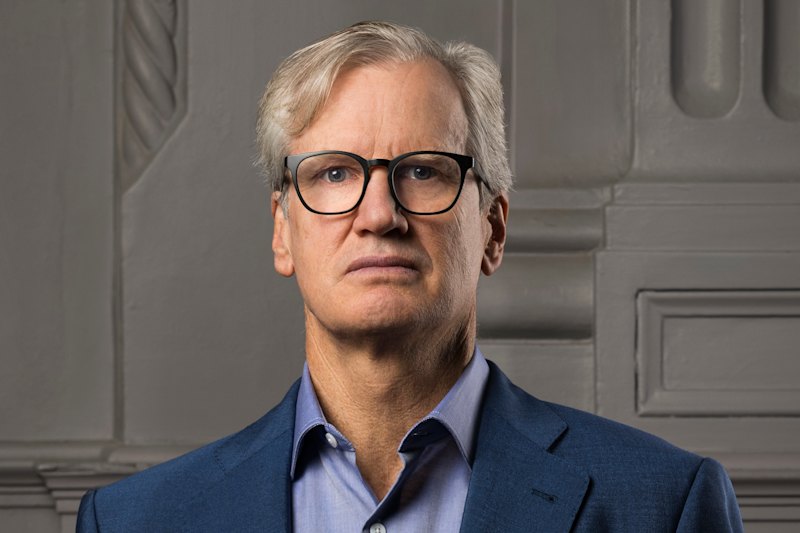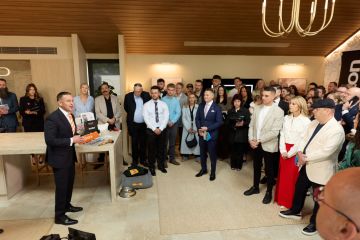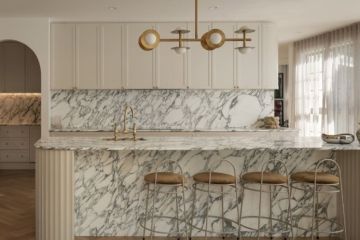Here's what it's like to live in Wagga Wagga, NSW's biggest inland city
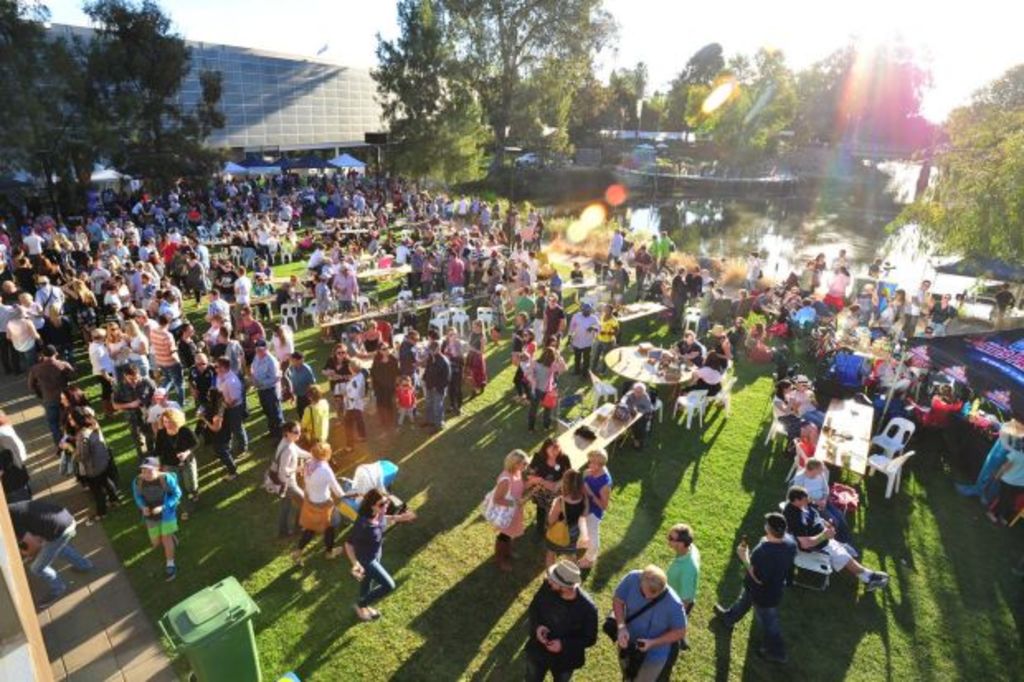
Wagga Wagga, the state’s biggest inland city with a population of about 56,000, sits on the Murrumbidgee River halfway between Sydney and Melbourne.
Once touted as the nation’s future capital, it’s now more famous for the city’s disproportionately big number of elite sportsmen and women to have excelled on the national and international arena.
These include Australian Rules footballers Wayne Carey and Paul Kelly, rugby union players Nathan Hines, Nathan Sharpe and Alicia Quirk and rugby league luminaries Jamie Soward and the Mortimer brothers, Steve, Peter and Chris.
Ryan Smith, of PRD Wagga Wagga, says because of the city’s location, no football code has a stronger foothold.
“They say it’s in the water,” says Smith.
If sport isn’t your thing, there’s the Wagga Wagga Civic Theatre, Museum of the Riverina, the Wagga Wagga Regional Art Gallery and the Livingstone National Park and State Conservation Area 30km away.
Nowadays, Mr Smith says, about five homes a year sell for more than $1 million. Previously, it was one every 12 to 18 months.
About half of interested buyers from Sydney are investors seeking rental returns of 5.5-6 per cent from good quality family homes and units.
“We are getting very strong purchasing patterns from the city,” he says.
The hometown appeal is also strong, with many locals leaving town, then returning a few years later to be close to family.
Mr Smith says well-known fast-food franchises including Schnitz and Grill’d were planning to open in Wagga Wagga in the next couple of months.
One reason for this is that housing is very affordable, with a median price of $357,000 for a house and $187,00 for a unit – little to get stressed about when compared to prices in Sydney or Melbourne.
Affordability plus fairly good job prospects in the city’s diverse economy make Wagga Wagga very attractive to first-home buyers.
Since 2016, the median house price has risen 7 per cent, from $357,000 to $383,000, according to Domain Group data.
Growth is also reflected in unit prices, which have increased 14 per cent in the same period from $245,000 to $280,000.
 Wagga Beach, pictured during the 2017 Gumi Race festivities, is a population destination. Photo: Kieren L.Tilly
Wagga Beach, pictured during the 2017 Gumi Race festivities, is a population destination. Photo: Kieren L.Tilly
Mathew Longmore, of Raine & Horne Wagga Wagga, says inquiry levels have increased from buyers who recognise the potential for capital gain.
Many people are getting out of big city mortgages and seeking a “simple, easy country life” where there is no traffic and where kids can ride their bikes to school.
A brand-new house with three bedrooms, two bathrooms and a double lock-up garage could be bought for $360,000 to $370,000 and fetch about $400 a week in rent.
“They can buy property here and get a 5.5 to 6 per cent return,” Mr Longmore says.
After growing up in a small country town, LJ Hooker Wagga Wagga’s Richard Rossiter lived and worked in Sydney, Melbourne and Asia before settling in Wagga Wagga for family reasons.
“I would be a prime example of a why-Wagga type of person,” he says.
The city’s appeal can be exemplified by project manager Wendy Spencer, 57, who bought a second home in Turvey Park to be closer to her family members who had moved to Wagga Wagga for employment.
Ms Spencer said affordability made buying a comfortable three-bedroom home with a garden in a nice area with good neighbours and within easy walking distance of the CBD and the Oasis Regional Aquatic Centre possible.
“Look, I couldn’t afford anything in Sydney that comparable,” she said. “And Wagga has a much better standard of living.”
And if that doesn’t impress, know that the Chiko Roll was first sold in 1951 at the Wagga Wagga show. That’s quite the claim to fame.
We recommend
We thought you might like
States
Capital Cities
Capital Cities - Rentals
Popular Areas
Allhomes
More
